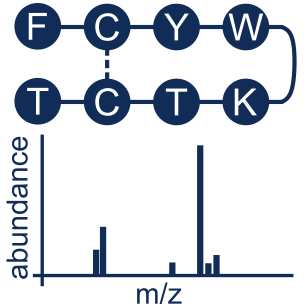Biochemistry Group

The Biochemistry Academic Group aims to contribute to the discovery, validation, and application of new therapeutic strategies to combat different diseases such as cancer, diabetes, neurodegenerative diseases, and malaria. Research efforts are centered on the discovery and validation of natural products as novel drugs, identification of protein biomarkers and drug targets, and determination of glycan-based biomarkers and therapeutic targets.
Research Areas
Quantitative Proteomics for Biomarker Discovery

Quantitative proteomics is a powerful technique used in investigating the changes in protein expression brought by a specific cellular condition. Proteins with aberrant expression in disease condition may be used as biomarkers for diagnosis, prognosis, and treatment monitoring, or as drug targets. Analysis of molecular mechanisms and regulatory pathways can reveal critical processes involved in acquired and intrinsic drug resistance or more severe phenotype. These significantly contribute to the overall understanding of the disease.
Glycomics and Glycan-based Delivery Systems
Glycans mediate virtually all biological processes, such as cell-pathogen interaction, disease progression, and immune response modulation. We focus on finding these mediator glycans through high-throughput Glycomics, which we can use as a glycan-based biomarker and as a therapeutic target. Research goals also include the design and development of therapeutic glycan mimics that can be used as molecular targets in the delivery of therapeutic agents using Nanoparticle-based Drug Delivery System (NDDS).

Natural Products and Drug Discovery

The Philippines has an extensive biodiversity of plants that are sources of bioactive compounds with ethnopharmacological potential. Through bioassay-guided isolation technique, novel compounds can be identified and validated for therapeutic applications. Several assays were established to provide methods for verification of bioactivity such as: enzyme inhibition assays for potential use in pain, inflammation, diabetes, and neurodegenerative diseases, and AMES toxicity assay. Optimization of physicochemical drug properties is also important to assess the clinical utility of the novel compounds identified.

